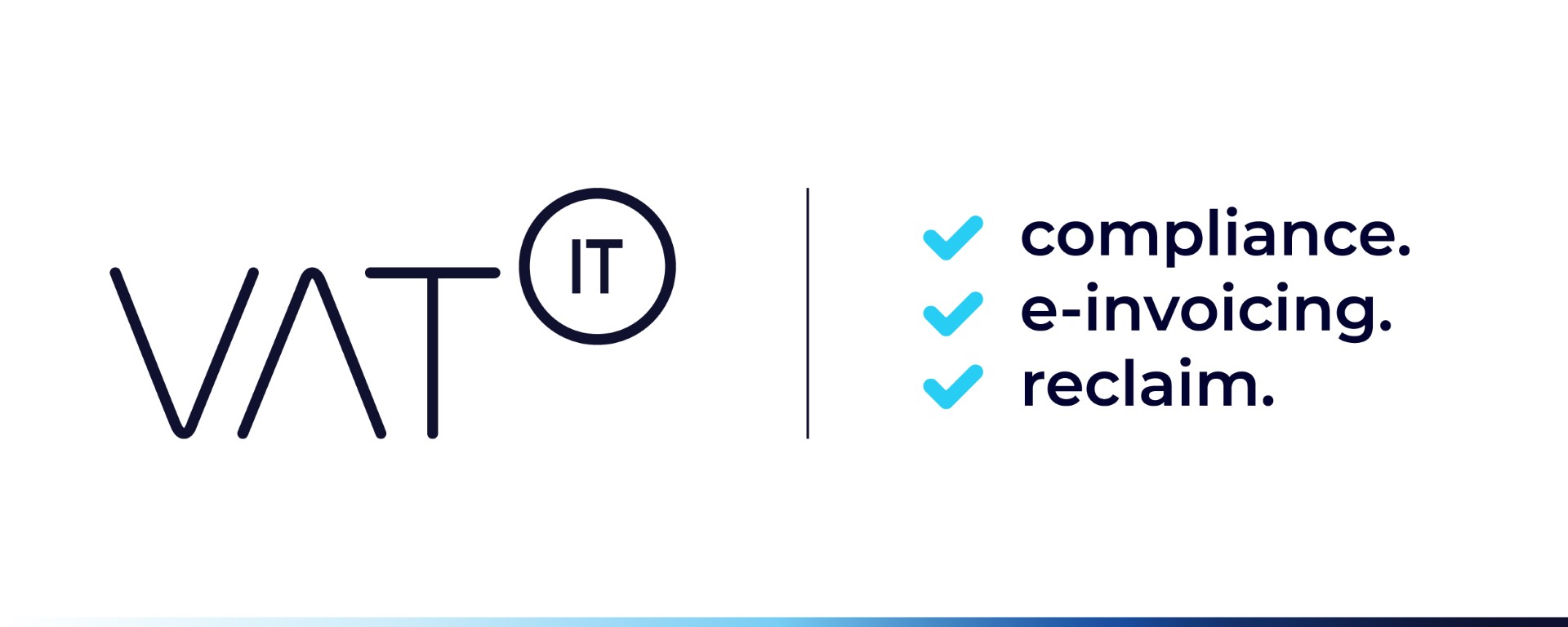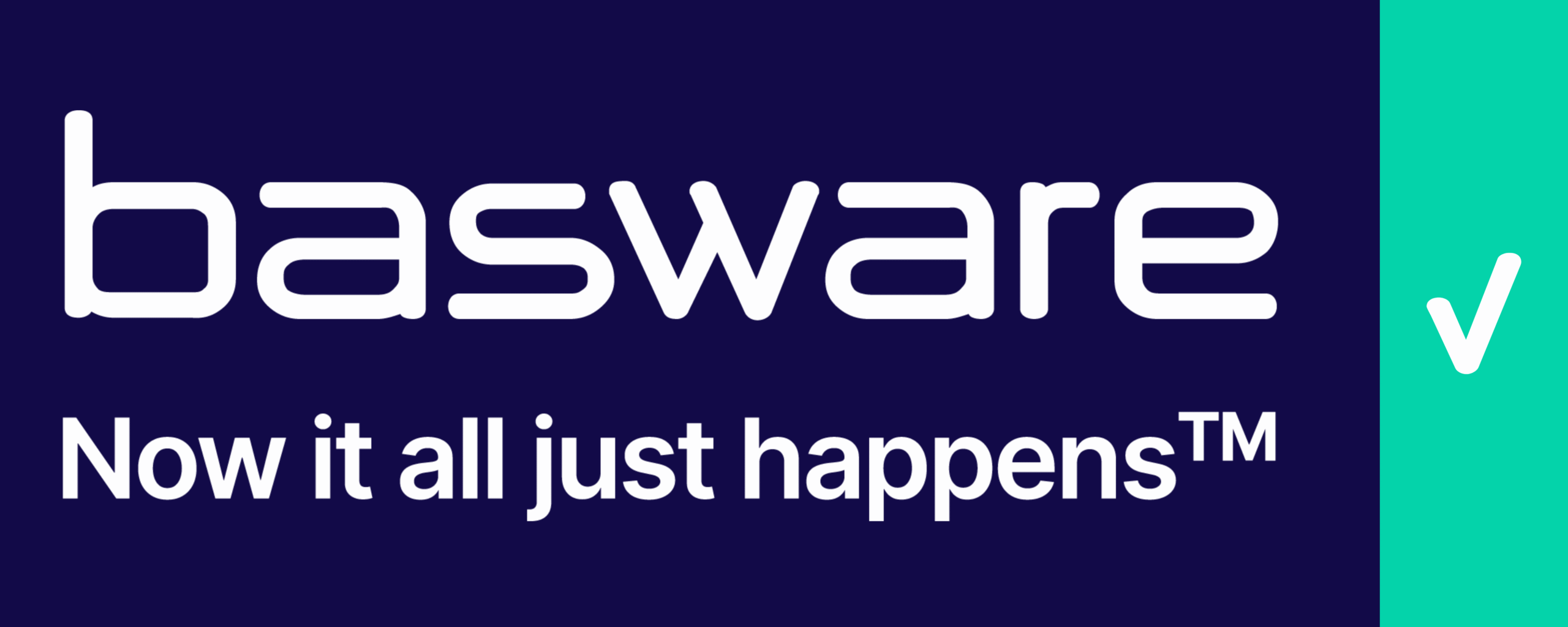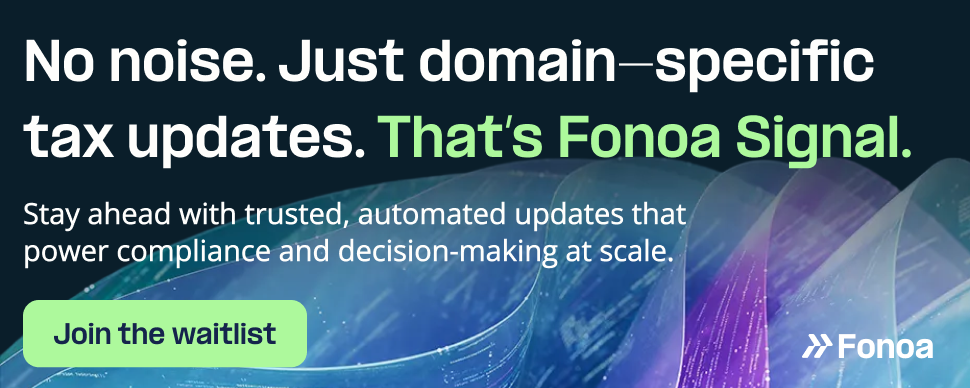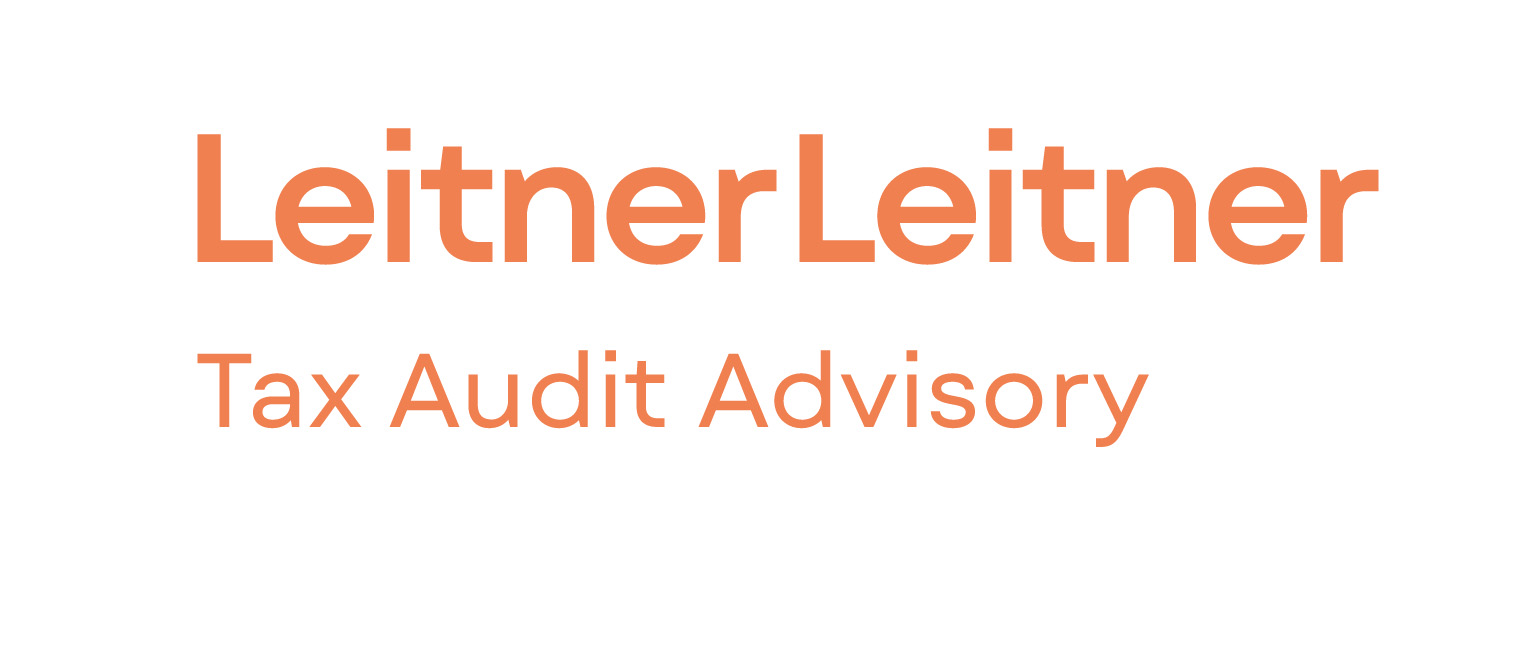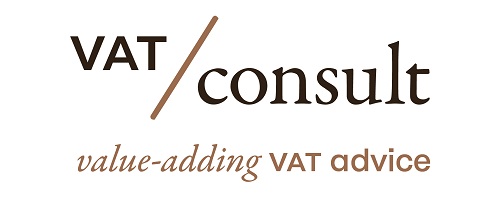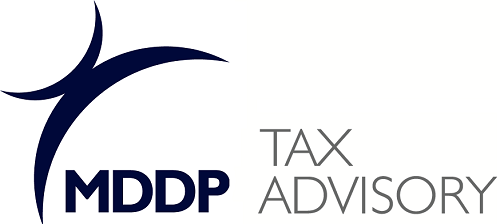In an era where digital platforms and crypto-assets are reshaping the global economy, the European Union’s directives on administrative cooperation in taxation—DAC7, DAC8, and DAC9—are pivotal in ensuring tax transparency and compliance. This article delves into the key considerations and implications of these directives, which target platform operators (DAC7), crypto-asset service providers (DAC8), and multinational enterprises (DAC9).
- DAC7: Extending Tax Transparency to Digital Platforms
- Background
- Key Points
- Reportable Content and Automatic Exchange of Information
- Scope
- Implications for Platform Operators
- Compliance Burden
- Legal and Operational Adjustments
- Data Privacy Concerns
- Cross-Jurisdictional Coordination
- Reporting Deadline
- DAC8: Tax Transparency Rules for Crypto-Asset Transactions
- Background
- Key Points
- Reporting Requirements
- Scope Extension
- Non-Tax-Related Information
- Reportable Information
- Reporting Deadline
- DAC9: Simplifying Filing Obligations Under Pillar 2 Directive
- Background
- Key Points
- Centralised Filing
- Exchange Mechanism
- Top-up Tax Information Return Template
- Next Steps
- Conclusion: Embracing Transparency and Compliance
Source: zampapartners.com
Latest Posts in "European Union"
- CJEU Clarifies 0% VAT Documentation for Intra-Community Supplies: Key 2025 Ruling for Businesses
- Key CBAM Changes for EU Importers Effective January 2026: New Thresholds and Reporting Rules
- GENA Urges EU to Harmonise and Expand Digital E-Invoicing in Public Procurement Reform
- Audit Office Monitors Council’s VAT Filing Amid Potential £600k HMRC Fine Risk
- EU VAT Gap 2023: Key Findings, Country Comparisons, and Policy Insights from Mind the Gap Report





